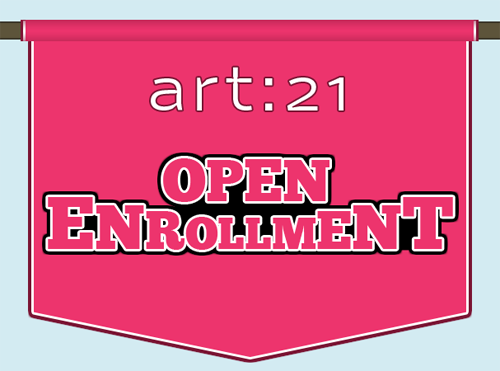For many years, I was set on becoming a doctor of sorts. I had done an undergraduate thesis in experimental psychology, was doing research at a hospital, and on my way to getting a clinical degree. But at some point, I realized my favorite part of working in science was not theorizing which part of the brain did what or analyzing data and making sense of chaos. No. I really enjoyed manipulating brain scans to make them look pretty. I liked how cool and futuristic EMG caps look. I loved designing posters and presentation slides so much that I submitted half-assed research papers to conferences just so I could fire up Photoshop and InDesign. So when it came time to apply to graduate school, I decided to pursue a degree in the arts.
At times I felt guilty about leaving the scientific world and wondered if I made the right decision. Art school could be considered a selfish venture. What good is making works of splendor when there’s so much damage in the world? There’s pain to be subdued. There are afflictions to look into. Why shouldn’t I devote my life to crunching numbers and connecting statistical dots with illnesses?
Then, in the summer of 2009, I was diagnosed with a condition that forced me to undergo surgery. This was followed up with several other procedures and long periods of prescribed medicine. It rendered me useless for several months. When fall rolled around, I struggled through my first semester of graduate school. I felt like a tattered rag doll. I went through the motions of life unenthusiastically, worrying about the next diagnosis. That anxiety lingered.
There were moments where I had to remain stationary in bed. My salvation was the Internet, where my mind could travel the world through the power of digital images and videos. I remembered specifically the medicine men of my childhood in Indonesia who scared away the demons that haunted my family whenever one of us got sick. They healed through performance, unlike their western counterparts with their scalpel and pills. Both types of practice can be quite useful, but in the wrong hands they can also be quite dangerous.
I stumbled upon a doctoral thesis by Deena Burton, a New York native and a graduate of NYU Tisch’s Performance Studies PhD program. Burton focused her academic studies on Claire Holt, a dance ethnographer who, in the 1930s and 1950s, traveled through Indonesia and collected an impressive record of photographs. Though the two women were separated by half a century, Burton felt such a connection with Holt that she retraced Holt’s journey in Indonesia.
Burton’s own travels led her to master a wide range of classical Javanese and Balinese dance. She worked with many acclaimed artists and choreographers. Upon her return to New York, she and two other Americans founded the Gamelan Kusuma Laras orchestra, one of the leading Javanese musical groups outside of Indonesia. Over the next decades, Burton became an important presence in New York, performing, choreographing, and playing music both traditional and contemporary. Burton passed away in April of 2005 after a long and difficult battle with cancer. “The Dancing Cure,” a continuation of her thesis on Claire Holt, was left incomplete.
Had it not been for Deena Burton, I would never have discovered the Gamelan Kusuma Laras orchestra. One bright summer day last year, I stepped into their rehearsal room and was welcomed to bang on their bronze bars and pots. I’ve been practicing with them weekly ever since. When I play the instruments wrong, it really bites and I feel obnoxiously bad. But when I hit a gong just right, I can feel the vibration travel across my body, and I am reminded how good progress feels.
That anxiety I experienced — the sweat of my palms, the consciousness of my heartbeats, and the anticipation of what’s to come — was translated from medical woes to musical fright. This was especially true when I performed with the orchestra in December, with Lou Reed and Laurie Anderson in the audience. I had never felt so nervous.
If I were to pursue a medical science career, I may better understand the hows and whys my broken body mends. But when I read Burton’s work, I am reminded good health is more than a ticking heart. When I watch videos of her dancing or hear an MP3 of her speaking, I see how new media can empower the ancient arts. And that’s why I’m pursuing my degree in interactive media.
Antonius Wiriadjaja combines techniques from creative writing, cognitive science, and guerrilla theatre to tell stories in new media. Among many things to earn a living, he electroshocked stroke patients behind their ears, made websites for the IRS, and is a retired drag queen. He received his B.A. from Hampshire College and is currently pursuing a master’s degree at NYU Tisch’s Interactive Telecommunications Program (ITP).